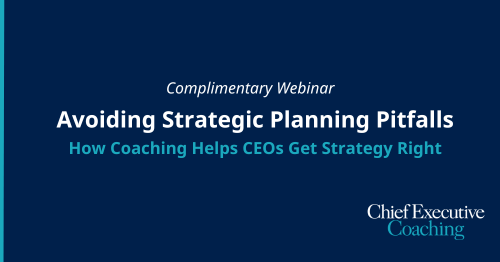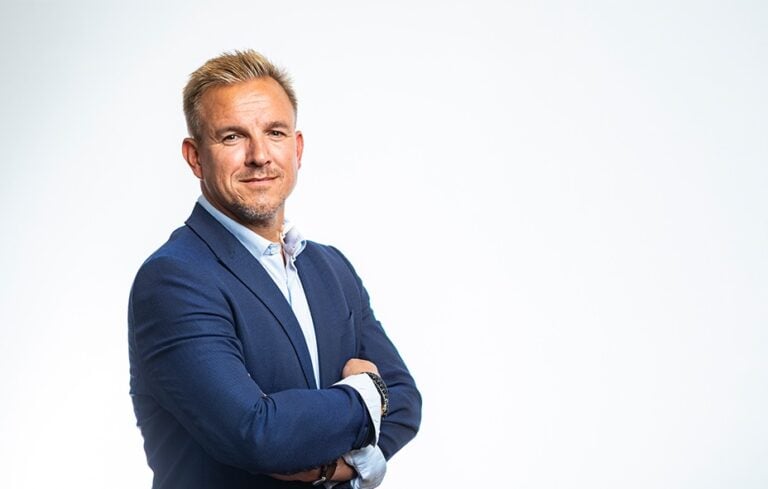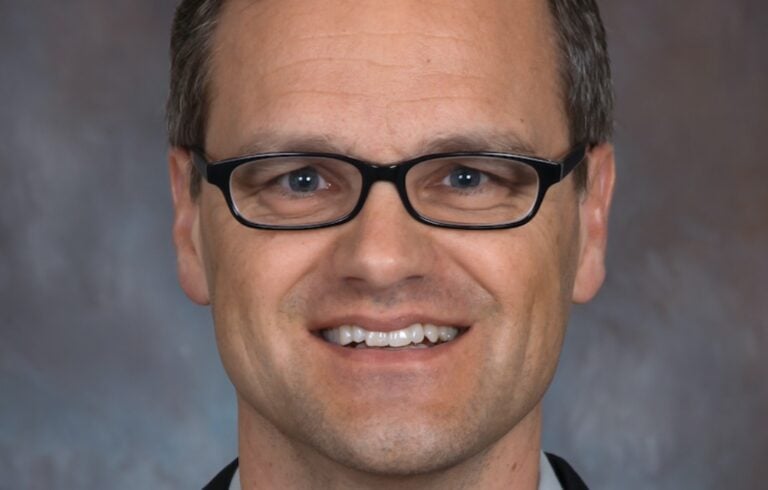
While most manufacturers already are using some type of modeling to improve their product designs, the use of “digital twins”—a complex, detailed and highly advanced digital model—will help enhance products at all stages of the lifecycle.
Anthony Hemmelgarn, President and CEO of Siemens PLM Software, spoke before analysts and media in Princeton, N.J., during Siemens’ Innovation Day on March 27. He said the use of “digital twins” will drive future disruption in manufacturing and that manufacturing competitiveness will increasingly hinge on making decisions faster and with more confidence.
Manufacturers can use digital twins and PLM software to significantly increase time to market and reduce engineering costs. In one example, Hemmelgarn said a piping equipment manufacturer leveraged digital modeling and design optimization software to produce 300 design variants in five days. The old design system would only have allowed the engineers to produce three designs in 10 days.
“If your engineers are designing 200 times faster than the guy down the street, you’re probably going to do a little disruption. If not, you’d better be worried, because somebody else will be,” Hemmelgarn said.
He noted that the increasing complexity of many of today’s products will make the use of such digital twins more important than ever. Companies will need to use digitization and integrate all data and design into the “feedback loop” to continually enhance products and identify design problems before they arise.
This is especially important for products that can have thousands of parts with tens of thousands of requirements for safety, performance and environmental reasons. As each part could impact thousands of other parts, and the system as a whole, minor adjustments could mean thousands of resulting changes to be considered. Hemmelgarn said this mass amount of data needs to be integrated into the feedback loop to create more detailed twins. “You have to have a system to be able to lay this out, so you can make sure you understand the trade-offs and how you do this,” he said.
Manufacturers are using these models not only to design products, but to improve them. Colin Parris, vice president of software research for GE Global Research, said the company is planning to launch products based on its “Digital Ghost.” This model is created from digital twin efforts and industrial control technologies, and it would help machines thwart cyberattacks by sensing anomalies that would trigger an autoimmune response to these attacks. Parris said GE already has deployed more than 600,000 digital twins and that the detailed modeling has allowed them to more efficiently service equipment.
“If you have an exact model, you have all of the data and information about the environment. The data can give an early warning for problems so you can bring equipment out of service and plan ahead,” Parris said.
Manufacturers also can use this type of advanced modeling to optimize their own operations, equipment and facilities. Vijay Sethi, CIO of Hero Motor Corp. in India, said the company is creating a digital twin for its new manufacturing facility to make changes and enhancements before investing in physical facilities. Sethi said it has allowed them to validate the process planning, logistics planning, and analyze the impacts of process and production plan changes.
In another example, Dell used Siemens’ Omneo PLM software to resolve a design issue with one of their laptop models. The computer manufacturer analyzed more than 3 million pieces of information in only three hours to address the issue, something Hemmelgarn said would have ordinarily “taken them days to figure out.”
When leveraged with additive manufacturing, such advanced modeling could create a nearly autonomous environment where products could identify issues, design solutions, and even improve themselves while in production. “Again, think about the disruption that can occur in the marketplace when you leverage this…It’s not good enough just to be able to model and print. Anybody can model and print. We want to industrialize the process,” Hemmelgarn said.
You might also like:
Your Customer Data is at the Heart of Digital Transformation
Data-Driven Caregivers? Here’s What the C-Suite Could Look Like in 2021
How to Lock Down your Data Against Ransomware
4 Ways to Eliminate the Challenges of Data-Driven Manufacturing




Chief Executive Group exists to improve the performance of U.S. CEOs, senior executives and public-company directors, helping you grow your companies, build your communities and strengthen society. Learn more at chiefexecutivegroup.com.
0

1:00 - 5:00 pm
Over 70% of Executives Surveyed Agree: Many Strategic Planning Efforts Lack Systematic Approach Tips for Enhancing Your Strategic Planning Process
Executives expressed frustration with their current strategic planning process. Issues include:
Steve Rutan and Denise Harrison have put together an afternoon workshop that will provide the tools you need to address these concerns. They have worked with hundreds of executives to develop a systematic approach that will enable your team to make better decisions during strategic planning. Steve and Denise will walk you through exercises for prioritizing your lists and steps that will reset and reinvigorate your process. This will be a hands-on workshop that will enable you to think about your business as you use the tools that are being presented. If you are ready for a Strategic Planning tune-up, select this workshop in your registration form. The additional fee of $695 will be added to your total.

2:00 - 5:00 pm
Female leaders face the same issues all leaders do, but they often face additional challenges too. In this peer session, we will facilitate a discussion of best practices and how to overcome common barriers to help women leaders be more effective within and outside their organizations.
Limited space available.

10:30 - 5:00 pm
General’s Retreat at Hermitage Golf Course
Sponsored by UBS
General’s Retreat, built in 1986 with architect Gary Roger Baird, has been voted the “Best Golf Course in Nashville” and is a “must play” when visiting the Nashville, Tennessee area. With the beautiful setting along the Cumberland River, golfers of all capabilities will thoroughly enjoy the golf, scenery and hospitality.
The golf outing fee includes transportation to and from the hotel, greens/cart fees, use of practice facilities, and boxed lunch. The bus will leave the hotel at 10:30 am for a noon shotgun start and return to the hotel after the cocktail reception following the completion of the round.